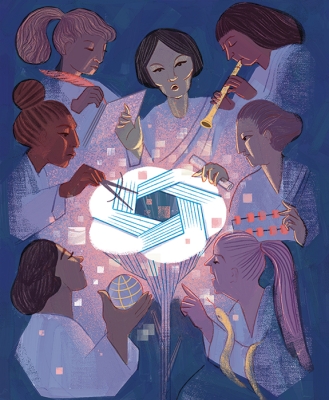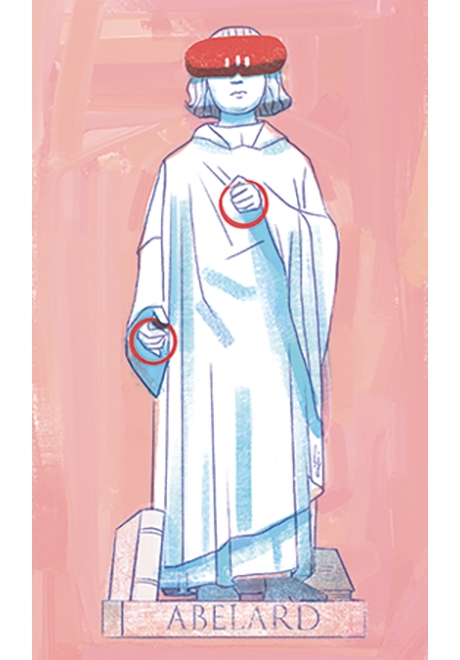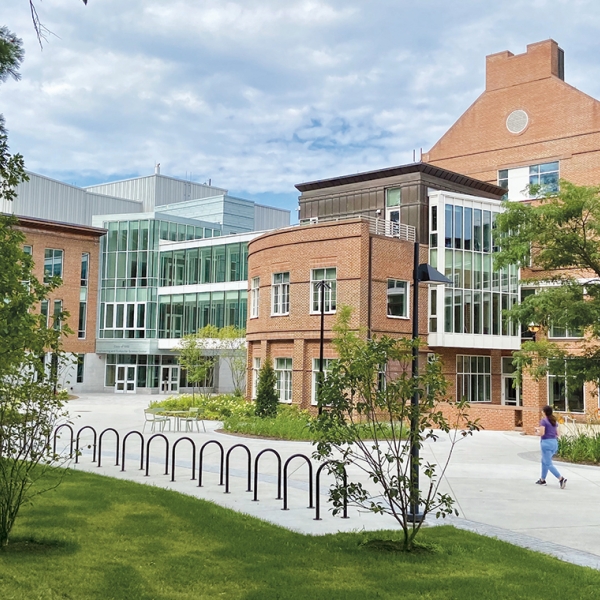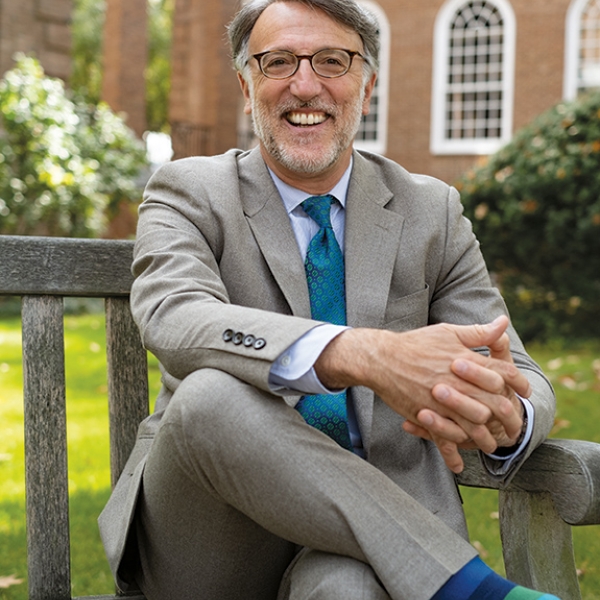It is a history we should pay attention to, at a moment when ChatGPT and Generative AI invite us to rely on large language models and algorithms (even if massive) that depend on existing knowledge, texts, and formulas. Useful, to be sure, in telling us what we already know, but what Abelard showed was that relying on past authorities prevented the discovery of new ideas, and that it was only through the critical application of human reason by trained minds to vexing or unsolved questions that new discoveries were made, and that knowledge as a whole moved forward.
In this sense, ChatGPT is just a souped-up version of eleventh-century scholarship, repackaging material from the body of previous writing (and here, not necessarily even the good writing) to reformulate existing ideas.
The point of a liberal arts education is to train the brain to look for new ideas, new ways of thinking about problems, new solutions. And to do so using knowledge framed with ethical values rooted in core principles of common humanity. For Abelard and his contemporaries, it was understood that one had to master the basic grammar of thought before tackling the more difficult and more important work of theology and philosophy. To that end, the standard university curriculum was rooted in the seven liberal arts (grammar, logic, rhetoric, arithmetic, geometry, music, and astronomy). One had to learn to think critically, rationally, logically, and creatively before one could undertake more ambitious intellectual work. The seven liberal arts—the precursor of our own conception of "the liberal arts education"—were the building blocks of the competent mind.
The same premise underlies our own system of liberal education. The standard liberal arts curriculum is designed to ensure that students, upon completing their course of study, will have mastered the basic grammars of critical thought in order to then tackle, with creativity, reason, and inspiration, the more specialized tasks of professional life. This is why, looking back, careers often have so little relationship to majors. Amy Coney Barrett majored in English literature. Anthony Fauci majored in classics. Nikki Haley studied accounting and finance. Michael Bloomberg studied electrical engineering. Kirsten Gillibrand, a member of the Dartmouth Class of 1988, majored in Asian studies. It is also why so many career successes appear to have had such varied career paths.
What then, in this context, is the function of the required major if not to learn a specific amount of disciplinarily-defined content? It is not—not!—to train in a field that is based on information learned in that major. It is to practice thinking, researching, interpreting, writing, learning, and synthesizing with increasingly complex arenas of knowledge. It is to confront ambiguity and be able to reason toward the best solution. It is to come to a position on a question and argue for it convincingly to others. These, not discipline-specific information, are the skills (artes) that employers seek to capitalize on when hiring our graduates.
The major is thus, in a sense, the "thought laboratory," the brain's sandbox. Working within a defined discipline, with large and challenging data sets (whether in chemical data, or historical data, or philological data), the liberal arts student is prompted to manage, assess, and apply increasingly sophisticated ideas and information. Managing and interpreting complex concepts works the brain, like any muscle, to become stronger and more nimble—that is, smarter.
This is also why, if you want to get the most out of your undergraduate experience, you are probably better off writing a senior thesis in a discipline rather than double majoring in two closely related disciplines. This is what will push your brain farther—make you smarter—and this is the best investment you can make.
Because, in final analysis, a liberal arts education has, over the past millennium, proven to be the best way to develop the capacity to think in sophisticated, multivalent (there's the diversity principle again), complex, and reasoned ways. And this is the thing that will permit you to do what ChatGPT, which constructs ideas from existing knowledge, will never be able to do: to imagine and create new vistas for the future.
Cecilia Gaposchkin, the Charles A. and Elfriede A. Collis Professor in History at Dartmouth, studies late medieval cultural history, and has published on the crusades, on the kings of medieval France, and on liturgy. She also served as Assistant Dean of Faculty for Pre-Major advising between 2004 and 2020.
Illustrations by Luisa Jung






